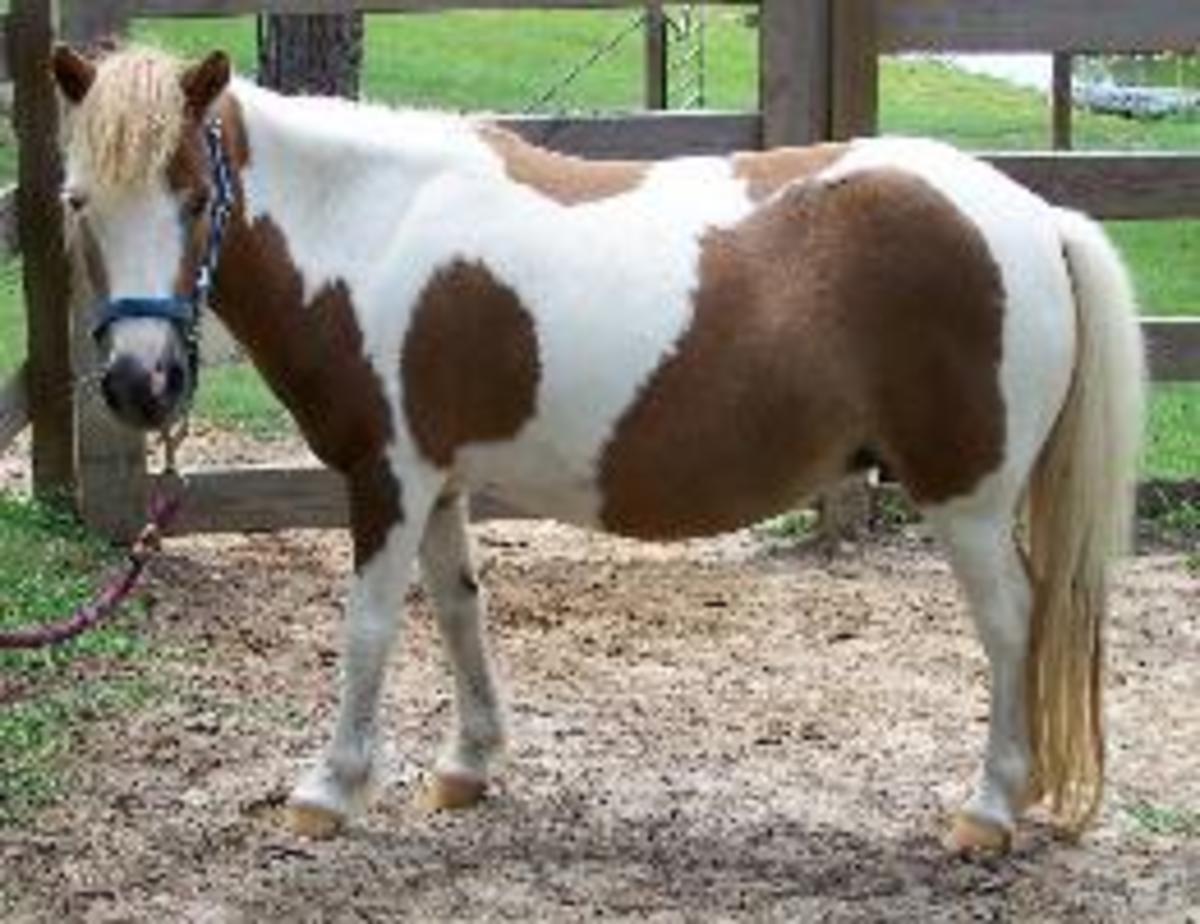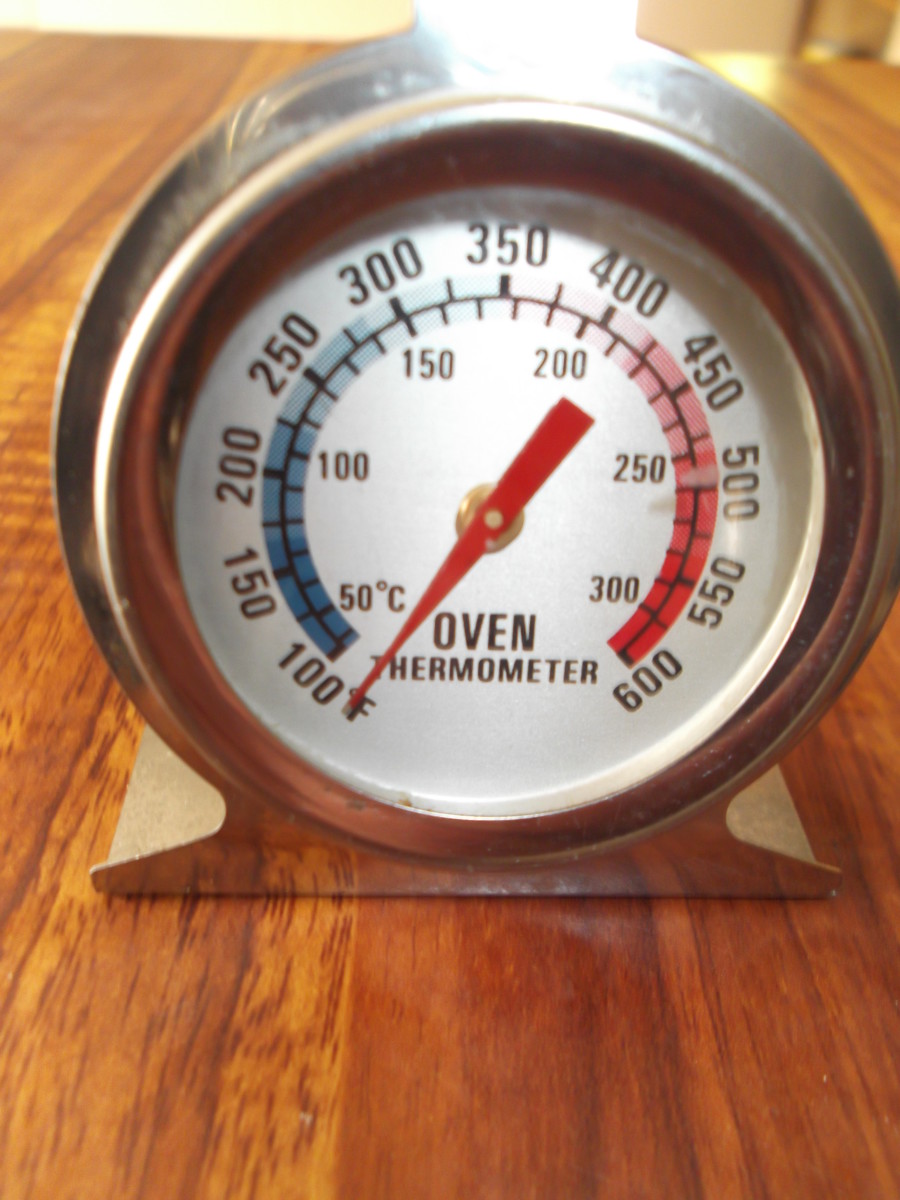Becoming Self-Sufficient: Livestock for Food and Fiber
Why Livestock?
Being self-sufficient means providing for yourself from your own land. Once your home is built and you have embarked on your new journey, it is time to consider what you will need to sustain yourself. I have talked about gardening in another Hub, and that is perhaps the easiest form of providing your own food. If you are a vegan or vegetarian, then your need for livestock will not be the same as those who eat red meat.
In this Hub I will talk about the different types of livestock and what they provide. Some are multi-purpose, while others are meat only or fiber only. No matter the type, I will say this: there is never a dull moment when one owns livestock. Note that although there may be reference to what they need in terms of accommodations, I will not go into great detail. The detail will be included in my book A Sustainable Lifestyle, which is currently in progress.
All About Rabbits
Rabbits
Rabbits are raised for either meat or fiber in the self-sufficient household. The meat rabbits are larger than the fiber rabbits, and have short fur. I personally do not have much experience with rabbits raised for either purpose, as the only ones we ever had were pets only.
My grandparents used to hunt rabbits, and I do have to say, the meat was very good. As a child, I was appalled that they could shoot something so cute and eat it. I can recall not liking rabbit when I knew what it was, but my grandma was one step ahead of me. After I ate two bowls of stew, she asked me if I knew what I had eaten. I replied beef stew, and was dismayed that she had fed me rabbit stew. She was a very good cook, and proved her point that rabbit was good. I haven’t eaten rabbit since I was a child, but I do have to say, I would again if it was made into stew like Grandma’s.
As a spinner, I am more interested in rabbits for their fiber qualities. A fiber rabbit does require more than just basic care of food, water and shelter. They also require regular (daily to my knowledge) brushing to reduce matting, and regular trimming. Getting an Angora rabbit or two is on my list; but that will not be until we have set up our permanent residence. Being in limbo isn’t the best time to acquire livestock.
The hides from rabbits used for meat can be utilized as well. If you are familiar with tanning, you can process your own hides. If not, find someone who makes slippers and mukluks; they would be willing to work out a deal with you.
Chickens
Chickens are a multi-purpose form of livestock. They provide eggs, meat, bug control and fertilizer (yes, fertilizer). There are breeds which are raised for egg-laying only, and those that are raised for meat only. Luckily, there are cross-breeds that will provide both eggs and meat.
When choosing your chickens, decide which feature you are most interested in. If you live in a town or city, you may wish for egg-layers only, as there are limits on how many chickens you may have. Note that not all towns and cities allow poultry, so before investing in birds and all of the equipment that goes with, check your local bylaws.
Chickens that are allowed to free-range are tastier and produce better eggs. Plus they are beneficial to your garden by eating bugs, providing aeration and fertilizer. As chickens move around, they peck the ground and scratch at it with their feet to loosen the soil. This is done mainly to uncover bugs that may be hiding beneath the soil’s surface, but it is great for the garden.
Turkeys
Turkeys are raised mainly for meat. A home-raised turkey is more flavourful than a commercially-raised bird. Turkeys should be allowed to be free-range just like chickens. They are a much bigger bird, but offer many of the same benefits to the garden. If you don’t care for the thought of turkeys wandering around your yard, you can build them an enclosure which will provide grasses, bugs and natural grit that they need. If you wish to supplement their diet with commercially produced feed, be sure it is organic.
Pigs
For the average farmer, pigs are raised as a source of food. My dad raised pigs in his early years as a farmer, but by the time I came along he was mainly cattle and grain farming.
For the self-sufficient person, it is only necessary to raise a small number of pigs. If you are raising a family, then all you raise can be utilized on your own property. If you are raising more than you need, it is possible to earn some income by selling the animals you are unable to use yourself.
Sheep/Goats
Sheep and goats are raised for both food and fiber. First, we’ll look at sheep.
There are literally dozens of breeds of sheep. Some are raised for their meat quality, while others are raised for their fiber quality. We do not have sheep of our own, but I have done chores for friends that have them. I purchased some sheep roving in the summer of 2014, and have found it to be most suitable for rugs or other household items. Granted, there are breeds with softer fiber, which is more suitable for next-to-skin items. Raising a few sheep for fiber alone is in my long-term plan.
Goats are raised for meat, milk and fiber. My grandparents raised goats, and my understanding it was mainly for the meat and milk aspect. I barely remember their goats, although there are several pictures of me with them (I was young when they sold their farm).
One key point to remember when planning for goats is to be aware they are escape artists (think Houdini). If you want to have goats, ensure your pens are secure. Don’t underestimate the power of a goat.
Alpacas and Llamas
Alpacas/Llamas
I am partial to alpacas, but who can resist their cute faces? We have a small herd of them, and my main reason for getting them was for their fiber. I am a spinner, and having my own source of fiber is wonderful. They are easy to take care of, and can withstand our frigid winters. They do much better in the cold than the extreme heat. They are sheared annually in early spring so their fleece grows back in time for winter.
Alpacas are used for both meat and fiber (more so in their native habitat of the Andean Mountains). They have only been in North America for less than half a century, and the meat concept of them here has not quite taken off in the widespread alpaca community. The reality is, that once they are no longer providing offspring and quality fiber, it is time to cull them. (Personally, I would use less than perfect fiber for rugs, just to keep the animals.)
Llamas are larger than alpacas, but from the same family (camelid). They are often used as guard animals, plus are capable of carrying several pounds of weight (pack animals). Their fiber is utilized as well, and shearing in the spring is the norm. Friends of ours have three llamas in with their herd of sheep to keep predators at bay.
Livestock Poll
What would be your first choice in terms of livestock?
Horses/Cattle
In the early days, horses were commonplace on the farm. They were used to pull wagons, plows and as a main form of transportation. With the invention of cars, ATVs and 4WD trucks, their purpose has changed on the average farm. Miniature horses may be more suited to the small farm, and they are more than capable of pulling carts and small wagons.
Horses are not generally used for food or fiber, although the hair from their tales and manes may be used for weaving, instrument bow strings, bracelets, head-dresses, blankets, paintbrushes and more.
Cattle are raised primarily for food. A small farmer will raise just enough for his/her own use, and the farmer with more space will raise them as an additional source of income as well. At time of writing, cattle prices are quite high, so it is a profitable venture.
Not all cattle are destined for the freezer; some breeds are better suited as milk producers (such as Holstein and Jersey). There is nothing quite like the taste of homemade butter. Several years ago I was visiting my great aunt and uncle on their acreage. My aunt had a Jersey cow, and made fresh butter for her fresh-baked buns. It was so much better than store-bought butter.
If you do not have the space for regular cattle, there are miniature versions available. I must advise you though, they are quite expensive as they are considered exotics. Their features are the same, just smaller. Plus, if you do not need to butcher a full size bovine for your own use, the miniatures are an option, albeit a more expensive one.
Wrapping It Up
I’m sure I have only touched on the types of animals that have been raised for food and fiber over the years. As I think more about it, bison and elk come to mind as well. I haven’t done much in the line of research on them, but I will say this: we do have a few farms in our area that raise them. I have heard that bison fiber is soft and makes wonderful yarn.
Before making your animal purchases, be sure you have some goals in mind in terms of their use. If you have children, it is also important to not shelter them from the fact their cute little lambs or calves may one day become dinner. Kids need to know where their food comes from; the grocery store should not be their first answer when asked the question.
Research your choices so you know exactly what they require in terms of space, shelter, food and so forth. Also note that animals need to be fed and watered daily; if you travel, be sure to have a responsible person available to care for them while you are away.








